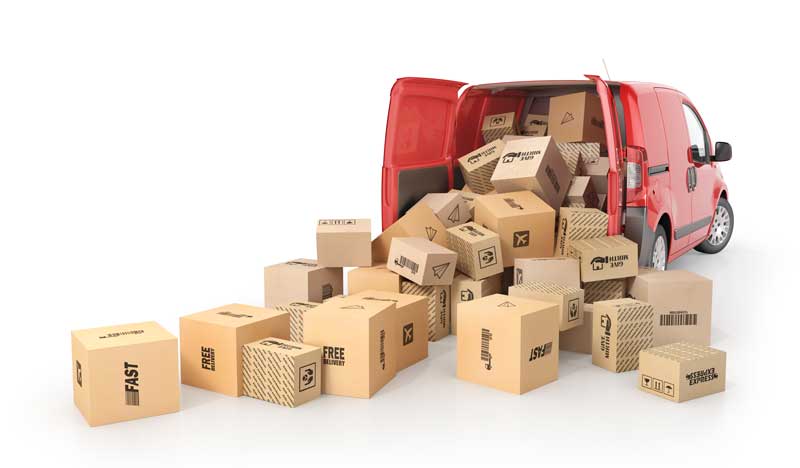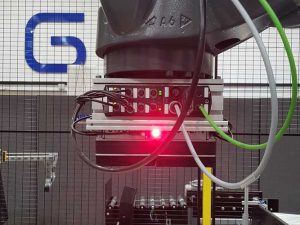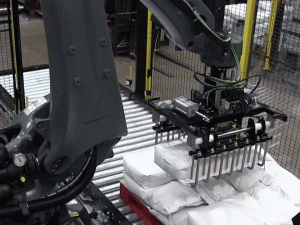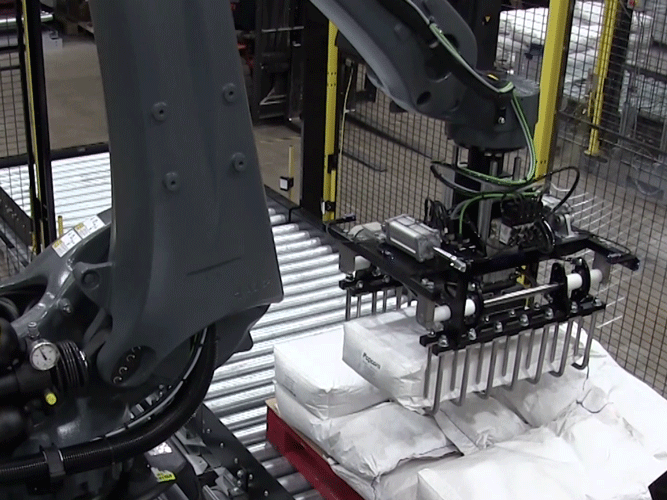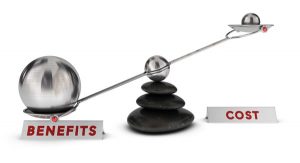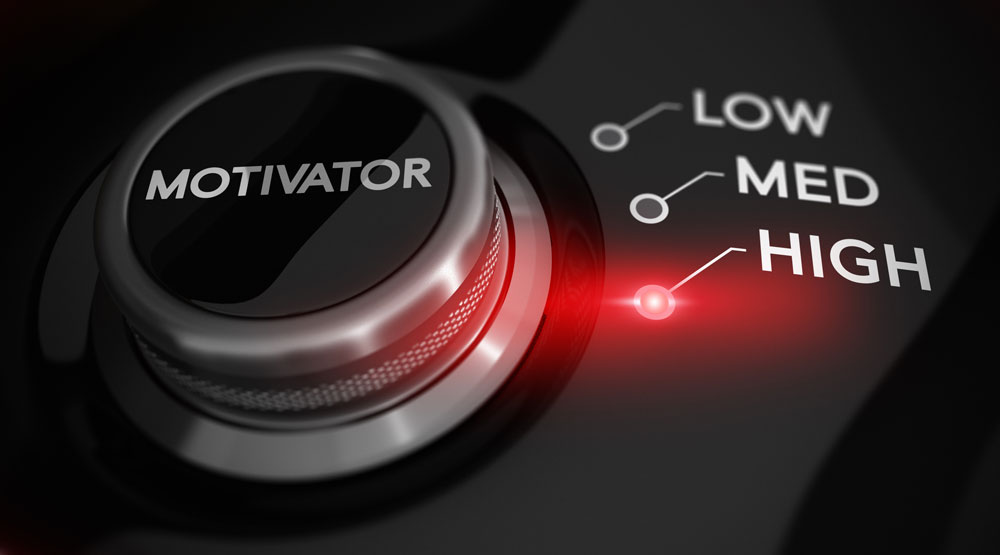 In January we all tend to review the previous year to see how we can improve this year, so these Quick Wins on how to reduce your production overheads should come in useful!
In January we all tend to review the previous year to see how we can improve this year, so these Quick Wins on how to reduce your production overheads should come in useful!
The first category outlines ways to directly reduce your overheads, whilst the second and third categories are items that are often not thought of as directly relating to reducing overheads but do indeed have a significant impact.
Reduce Overheads
There are several simple steps you can take to reduce your overheads, many of which do not need any capital outlay to introduce.
- Reduce the cost of materials – Review your buying prices and check that the prices you are paying are competitive. Ask your supplier for an early payment discount. Review your product, is there a cheaper material that could be used without compromising on quality, or could you use less of the same material?
- Review your production process – Production processes often evolve over time, and can sometimes mean that you end up with processes being applied during the manufacturing process that may no longer be necessary. Are your products being over engineered, are there any non-value adding processes being used? Review your process to see if there are any steps in the production process that could be eliminated or combined to reduce costs.
- Reduce waste – waste can mean many different things. It can involve time, raw material, downtime and faulty finished products. Does your production process stop when your staff stop for tea breaks? Is there raw material being wasted? Do you have a lot of finished product that has to be rejected due to quality issues? These are all issues that with planning, can be reduced or even eliminated and will result in less waste and more net profit.
- Introduce lean manufacturing – Lean manufacturing is a proven method for reducing overheads, with the main focus being on reducing waste in the production process. More information on The Toyota Way of lean manufacturing is available here.
- Track expenses and set departmental budgets – tracking expenses and setting departmental budgets with a specific persons responsible for monitoring each departments budget enables you to track and monitor expenses. Once you know what your expenses are, it is then possible to evaluate and reduce your expenses.
- Identify inefficiencies in your process – do you know exactly how effective your machinery or production process is? Is it being used to its full potential? Use an OEE calculator (Overall Equipment Effectiveness Calculator) to identify how effective your machine or production process is. Find out where your inefficiencies and spare capacity are and then exploit them.
- Automate to reduce labour costs – Introducing automation can be a very sustainable way to reduce labour overheads. Using an accurate automation payback calculator you will be able to quickly see what the return on investment is for automating any part of your production process.
- Brainstorm with employees – Hold a brainstorming sessions with your employees on how to reduce overheads. Often we find that our employees who work on the ‘coal face’ see things in a different light to managers. When given the right forum, they will often come up with innovative ideas on how to reduce overheads.
Increase Productivity
Increasing the productivity of any machine or indeed your whole production process will have a positive impact on your net profit. This short video explains why productivity is so important.
Below are some proven methods that will enable you to increase your productivity.
- Train your staff – Training your staff enables them to complete their job more effectively and efficiently. Staff that don’t have the needed training to complete their role effectively often end up having to waste time asking other members of staff for help or guidance on how to complete tasks. This has a cost implication to your profit as it results in two people having to waste time on a conversation about how to do something, rather than working on a task that is adding value to the product that you are producing. Training also motivates staff and motivated staff are known to achieve more than unmotivated staff.
- Identify how productive your processes are – Understanding how productive your current processes are is the first step to improving productivity. There are many methods available for doing this, but the preferred method is to calculate the Overall Equipment Effectiveness (OEE) of a specific machine, or your production process. An OEE calculator is available for you to download here. Once you have calculated this, you will then have the information you need to enable you to identify how you can improve efficiency.
- Eliminate bottlenecks – Identifying and eliminating bottlenecks in your production process is key to improving productivity. With an efficient flow of good quality products being produced, you will be able to sell more product with less quality issues which will result in increased profit. More information on identifying and exploiting bottlenecks is available here.
- Improve production speed – having identified how productive your processes are and where you bottlenecks are, you can then use this information to improve your production speed. With improved production speed, you will be able to produce more parts per hour, which in turn means you have more product to sell and make a profit on.
- Eliminate downtime – downtime in a production process translates directly to a loss of profits. Every minute that your production process isn’t working, you are losing the opportunity to make more product to sell. There are several different methods that can be used to eliminate downtime such as; staggered staff breaks, instant fault reporting systems, and regular machinery maintenance to minimise the risk of breakdowns. Downtime can also be eliminated by introducing automated systems to remove the need for human input; eg. end of line palletising systems, vision inspection systems for quality control, machine tending robots, etc.
- Introduce extra shifts with ‘Lights Out Automation’ – Introducing automation that can run without operator input throughout the night, or at least for an hour or two after everyone goes home at the end of the day, is also a sure way to increase your productivity. You may only need a basic end of line system such as a palletising systems to enable you to achieve this, or you many need a more advanced, custom built solution.
Reduce Production Costs Per Hour
Whilst this many not be an entirely obvious method for reducing your overheads, reducing your production costs per hour does have a direct impact on overheads. The money you save in the production of the products that you sell converts directly to an increased profit.
Reducing production costs can be done in a variety of different ways, some of which have been outlined below:
- Reduce the walking – Reducing the walking time for staff is a basic lean principal as it reduces wasted motion. However there is also a further significant impact in reducing the walking in that it removes unnecessary socialising between production staff. When staff have to walk off from the production area to get something, pass a few other staff members on the way and have a quick chat, before you know it 5 wasted minutes have passed. If there is one of these chats every 50 minutes that is reducing your productivity by 10%! Reducing the walking reduces the chances of these chats happening and in turn reduces your production costs.
- Daily improvements and suggestions – your staff on the factory floor know your production process the best. Asking your staff on a daily basis to make an improvement or suggest an improvement has a significant impact. Your staff then start to develop an ownership mentality and are continually looking for ways to improve. Whilst a lot of these improvements may be small, when improvements are made daily by every member of staff, the net result is significant. Improvements in time and efficiency will have a direct result in reducing production costs.
- Create production targets and display them live in your factory – Include your staff in creating a production target that they will be able to directly influence. Displaying this target live in the factory, along with their current score, will have an incredible motivating effect on your staff. As with any game, if you’re playing to win, you need to know your current position to enable you to win. If you then tie these targets in with a reward system, you will find that your staff will become self-motivated to hit production targets.
- Pace staff with automation – It is a known fact that as staff reach the end of their shift, their concentration begins to lapse, and their pace is likely to slow down. This can have an impact on production speeds and quality control, which in turn limits the amount of products produced and can result in increased quality control issues. This issue can be overcome by pacing staff with automation; which could be something as simple as a slow moving conveyor that moves products past staff at a set pace. The other option is to automate particular parts of the process such as product labelling, vision inspection or product counting.
- Introduce automated processes – Automation allows you to reduce the labour costs of your production process without compromising on the standard of items being produced. One machine can perform the task of a number of workers, while never falling sick, taking time off or requiring lunch breaks; making production even more cost effective. Automation of quality control processes also reduces production costs as it eliminates the risk of human error in detecting faulty parts and products. It also ensures that faulty parts and products are rejected before reaching despatch.
As you can see, reducing overheads does not need to be a costly exercise. Often some of the simplest activities can have a significant impact.
Feel free to contact us on 01223 499488 or helpline@granta-automation.co.uk if you require any further information or would like to discuss any of these concepts further.







 Automated packaging of products can bring many benefits to your company. Some of these benefits are obvious, tangible benefits, and others are more intangible, but nevertheless equally beneficial to your company and your bottom line profit.
Automated packaging of products can bring many benefits to your company. Some of these benefits are obvious, tangible benefits, and others are more intangible, but nevertheless equally beneficial to your company and your bottom line profit.